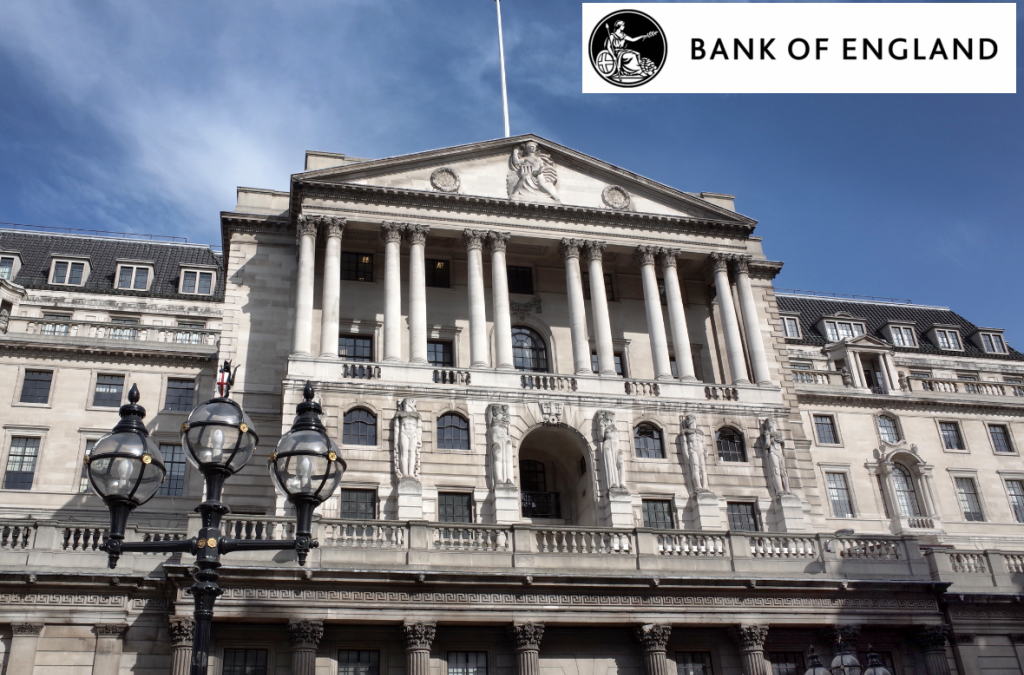The latest Bank of England Agents summary of business report 20 December 2017
- Recruitment difficulties were a growing concern for businesses as labour shortages had become more generalised across sectors and skill levels.
- Despite this, pay growth had only increased a little, reflecting greater focus on non‑pay benefits, a limited number of pay reviews in Q4, and rising input costs. Staff retention and recruitment, and to a lesser degree, inflation, were expected to push pay settlements moderately higher in 2018.
- Consumption growth had eased slightly, reflecting squeezed real incomes and possibly some anticipation of Black Friday. Purchases of big ticket items had eased, and mild weather earlier in the period had weighed on clothing sales
- Retail sales values growth had slowed, reflecting squeezed real incomes and possibly some deferral of spending ahead of Black Friday.
- Consumer services turnover growth had been maintained at a steady pace, but ancillary spending had started to soften.Business services turnover growth remained moderate as pockets of more cautious demand were offset by strength in IT and advisory work.
- Domestic manufacturing output had continued to grow relatively strongly; export volumes had strengthened, supported by an improving global economic outlook.
- Construction output growth had eased. Increased risk aversion in the private sector, reflecting greater uncertainty, and delays to major projects had slowed activity across commercial and infrastructure projects
- Housing market activity had moderated in Q4 after a post‑summer pickup. Demand remained weaker in the secondary market and in London, notably for the most expensive properties. Demand for new housing showed signs of softening nationally.
- Consumer goods price inflation had edged up, driven by pass‑through of higher input costs, for example in food and drink. Consumer services price inflation was steady
- Pay growth had risen slightly. A significant number of contacts expected pay awards to increase towards 2½%–3½% over the next year, from 2%–3% in 2017. That uplift showed some signs of coming through for the minority making decisions in late 2017.
- Input cost inflation had persisted due to higher global market prices for materials and ingredients. Sterling depreciation continued to contribute to high imported finished goods price inflation albeit down from rates seen in 2016 H2 and 2017 H1
Pretty much sticking to the current theme of Brexit weighing on sectors, some signs of strength, some signs of weakness etc etc. The worrying part is that wages don’t seem to be rising alongside a tightening of the labour market. Ordinarily, they go hand in hand. It’s a problem being faced in many economies.
Full report: BOE Agents Biz report Q4 2017
Latest posts by Ryan Littlestone (see all)
- The last NFP competition of 2022 - December 1, 2022
- Will this month’s US NFP be a horror show? - October 4, 2022
- US NFP competition – Do you think there’s going to be a turn in the US jobs market? - August 31, 2022

